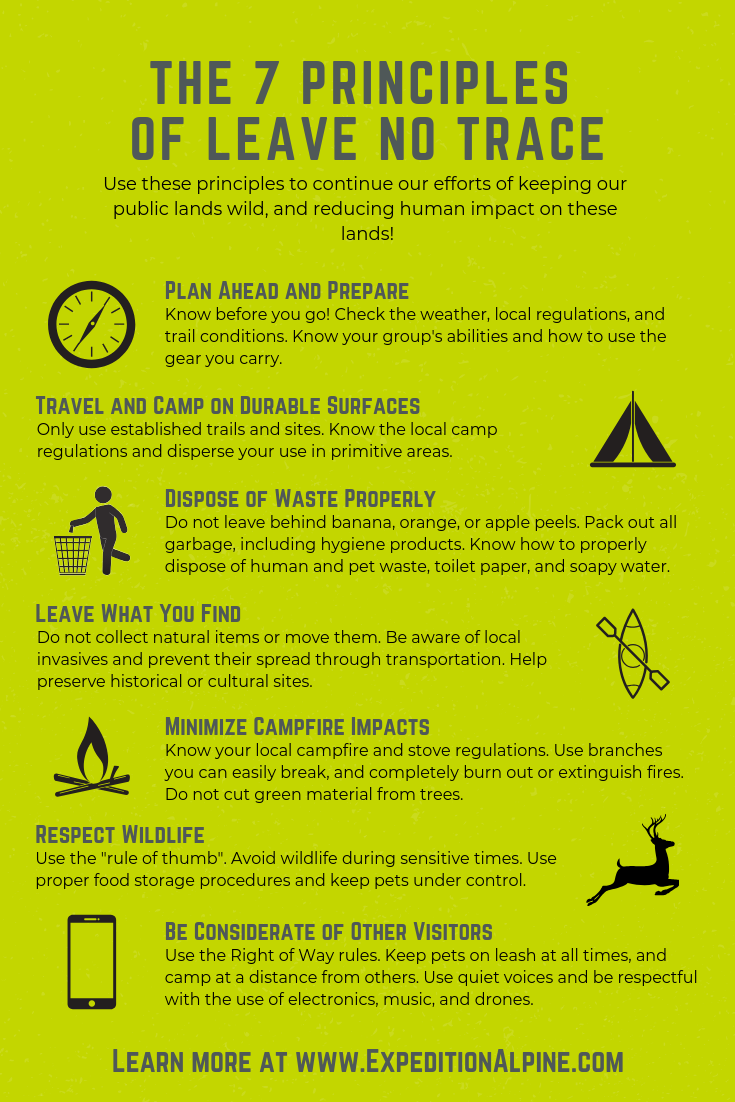
Introduction
Hiking offers a fantastic way to connect with nature, improve physical fitness, and relieve stress. However, venturing into the wilderness requires careful planning and preparation, especially for novice hikers. This comprehensive guide focuses on hiking safety for beginners, covering essential gear, selecting appropriate trails, identifying potential hazards, and ensuring a safe and enjoyable experience. Whether you’re a complete beginner or looking to brush up on your safety knowledge before your next adventure, this guide will equip you with the knowledge and confidence to explore the trails with peace of mind.

Choosing Beginner-Friendly Trails
Selecting the right trail is crucial for a safe and enjoyable first hiking experience. Avoid challenging, high-altitude trails initially. Instead, opt for well-maintained, shorter trails with minimal elevation gain. Look for trails clearly marked with signage and easily accessible from parking areas.
Identifying Suitable Trails:
* Trail Length: Start with trails under 5 miles. This allows you to build stamina and confidence without overexertion.
- Elevation Gain: Minimal elevation gain (less than 1,000 feet) is ideal for beginners. Steep inclines can be strenuous and increase the risk of injury.
- Trail Surface: Choose trails with well-maintained paths, avoiding rocky, uneven terrain.
- Trail Difficulty: Look for trails labeled as “easy” or “moderate” for beginners.
- Trail Reviews: Check online reviews and resources like AllTrails (https://www.alltrails.com/) to get insights from other hikers. These reviews often highlight trail conditions and potential challenges.
- Hiking Boots: Sturdy, well-fitting hiking boots are crucial for ankle support and protection. Break them in before your hike to avoid blisters.
- Moisture-Wicking Clothing: Avoid cotton; opt for synthetic or merino wool fabrics that wick away sweat and keep you dry. Layers are essential for adapting to changing weather conditions.
- Navigation: A map, compass, and GPS device are essential for staying on course, especially on less-traveled trails. Learn how to use them before your hike.
- Sun Protection: Sunscreen, sunglasses, and a hat are vital, even on cloudy days. High-altitude sun can be intense.
- Illumination: A headlamp or flashlight is essential for unexpected delays or early morning/late evening hikes.
- First-Aid Kit: A well-stocked first-aid kit is non-negotiable. Include bandages, antiseptic wipes, pain relievers, blister treatment, and any personal medications.
- Water and Food: Carry plenty of water (at least 2 liters) and high-energy snacks. Dehydration and hunger can significantly impact your safety and enjoyment.
- Knife or Multi-tool: A versatile tool can be useful for various situations, from cutting rope to preparing food.
- Fire Starter: A lighter or waterproof matches can be crucial in emergency situations.
- Whistle: A whistle can signal for help in case of an emergency.
- Emergency Shelter: Consider a lightweight emergency blanket or bivy sack for unexpected weather changes.
- Wildlife: Encounters with animals, such as bears, snakes, or insects, are possible. Learn about local wildlife and how to react to encounters. Carry bear spray in bear country.
- Terrain: Uneven terrain, steep inclines, loose rocks, and slippery surfaces can lead to falls and injuries. Pay attention to your footing and take breaks when needed.
- Navigation: Getting lost is a significant risk, especially for beginners. Always carry a map and compass and know how to use them.
- Dehydration and Exhaustion: Dehydration and exhaustion can lead to serious health problems. Carry plenty of water and take breaks when needed.
- Exposure to the elements: Sunburn, hypothermia, and heatstroke are all potential risks. Dress appropriately for the weather and take precautions to protect yourself from the elements.
- Let someone know your hiking plan, including your route and expected return time.
- Carry a fully charged cell phone and a portable charger (if cell service is available).
- Stay on marked trails.
- Be aware of your surroundings and watch for potential hazards.
- Take breaks when needed.
- Listen to your body and don’t push yourself too hard.
- Pack appropriate gear for the weather conditions.
- Carry a first-aid kit and know how to use it.
- Know the signs and symptoms of dehydration, exhaustion, and hypothermia.
- Travel and camp on durable surfaces: Stick to established trails and campsites to minimize environmental impact.
- Dispose of waste properly: Pack out everything you pack in, including toilet paper.
- Leave what you find: Do not disturb natural objects or artifacts.
- Minimize campfire impacts: Use existing fire rings or stoves; avoid starting new fires.
- Respect wildlife: Observe animals from a distance and do not feed them.
- Be considerate of other visitors: Yield to others on the trail and keep noise levels down.

Essential Gear for Hiking Safety
Proper gear is paramount for your safety and comfort on the trail. Don’t underestimate the importance of investing in quality equipment.
Essential Gear List:
* Backpack: Choose a comfortable backpack with enough capacity for your gear (20-30 liters for day hikes).

Identifying and Avoiding Trail Hazards
While hiking offers many benefits, it’s important to be aware of potential hazards and take steps to mitigate risks.

Common Trail Hazards:
* Weather: Sudden changes in weather can pose serious risks. Be prepared for rain, wind, and temperature fluctuations. Check the forecast before you go and be ready to turn back if conditions worsen.

Strategies for Hazard Mitigation:
* Check the weather forecast before you go.

Hiking Etiquette and Leave No Trace Principles
Beyond personal safety, responsible hiking involves respecting the environment and other trail users. Adhering to Leave No Trace principles ensures the preservation of natural areas for future generations.

Leave No Trace Principles:
* Plan ahead and prepare: Know your route, check the weather, and pack accordingly.
Conclusion
Hiking is a rewarding experience, but safety should always be the top priority. By carefully planning your hikes, choosing appropriate trails, packing essential gear, and being aware of potential hazards, you can significantly reduce risks and ensure a safe and enjoyable adventure. Remember to always prioritize your safety and the preservation of the natural environment. Start with shorter, easier trails, gradually increasing the difficulty as your experience and confidence grow. Happy hiking!
